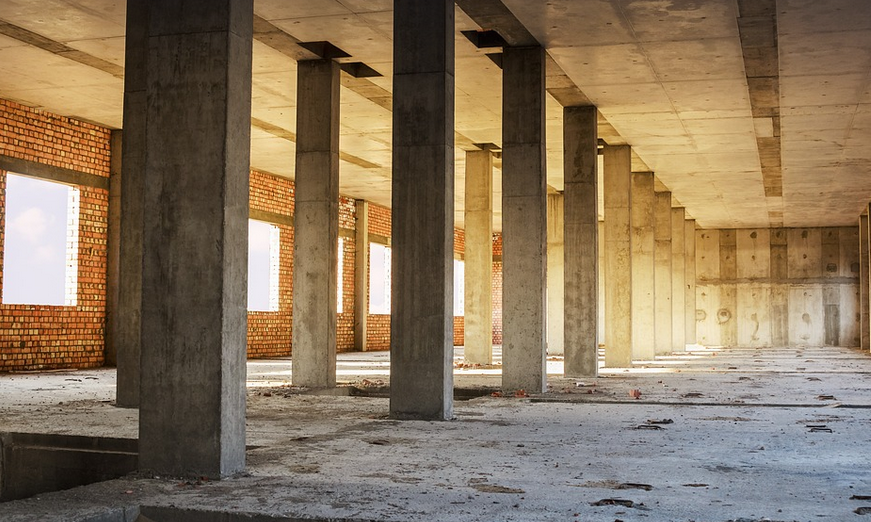Understanding the Significance of Roof Pitch
Building a steel structure? Awesome choice! Not only is steel strong, but it offers incredible flexibility for design. One crucial aspect to consider when building your dream space is roof pitch. You might be thinking “what’s roof pitch?” Don’t worry; we’re here to break it down in a way that’s both clear and easy-to-grasp.
Roof pitch, in simple terms, refers to the angle of your roof. It determines how steep or flat your roof will be. This seemingly tiny detail has a significant impact on your building design, functionality, energy efficiency, and even aesthetics. We’re going to explore all these aspects along with some common roof pitches you might encounter.
Why is Roof Pitch So Important?
Think about it: imagine trying to build a house with walls that keep falling down! A steep pitch offers more support, especially in harsh weather conditions like heavy snow or strong winds. And when we talk about energy efficiency, a steeper roof allows for better ventilation, keeping the temperature controlled and saving on your energy bills.
The Right Pitch for Every Need
There’s no one-size-fits-all answer to “what is the best pitch?” It varies greatly based on where you live and what kind of space you’re aiming for. But here’s a quick rundown of common roof pitches:
- 4:12 (Low Pitch): This gentle slope is ideal for warmer climates, allowing sunlight to easily penetrate through the building while minimizing heat gain.
- 6:12 (Moderate Pitch): A popular choice for most homes as it offers a balance of functionality and style. The pitch provides enough airflow to keep things cool but still offers decent protection from the elements.
- 9:12 (High Pitch): This steep slope leans towards a more architectural look, often found in commercial properties or industrial spaces. Its steeper angle provides excellent sunlight control and can potentially reduce energy costs.
Factors to Consider When Choosing a Roof Pitch
There’s much more to consider than just the general trend of pitch styles. Think about these factors:
- Climate: In regions with heavy snowfall or strong winds, you might prefer a steeper pitch for better snow shedding and wind resistance.
- Building Usage: A storage space needs a different pitch than a home office! Commercial buildings often need higher pitches to accommodate larger roof spans and manage heavier loads.
- Local Building Codes: It’s essential to adhere to local building codes for structural integrity and safety. These may impose restrictions on the maximum slope.
- Building Aesthetics: A steep pitch can give a space a modern, sleek look, while a low pitch adds charm to your home.
The Impact of Roof Pitch on Your Steel Building
Let’s dive a little deeper into how roof pitch impacts different aspects of your steel building:
Structural Strength: The steeper the pitch, the more support you need to withstand heavy loads. A lower pitch might be okay for smaller structures as they naturally distribute weight better.
Energy Efficiency: A low pitch can trap heat and moisture, leading to excessive energy consumption. Conversely, a high pitch allows for better ventilation and natural light penetration, which helps regulate indoor temperatures and reduce reliance on artificial lighting.
Protection from Elements: A higher roof pitch provides increased protection against heavy rain, snow, and strong winds. A lower pitch can lead to more exposure to these elements, especially in areas with severe weather patterns.
Aesthetics: The style of your roof adds a unique touch to your steel building! You can choose from various shapes, such as gable roofs, shed roofs, or mansard roofs. These designs cater to different preferences and complement the overall design of your structure.
Roof Pitch is About More Than Just Looks
Choosing the right roof pitch for your steel building goes beyond aesthetics. It’s a crucial decision that impacts functionality, durability, energy efficiency, and even cost savings in the long run. By considering these factors carefully, you can build a sturdy, stylish, and functional space that will be a source of pride for years to come.
